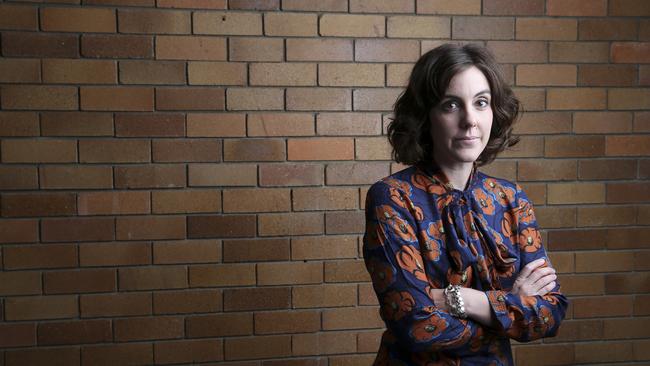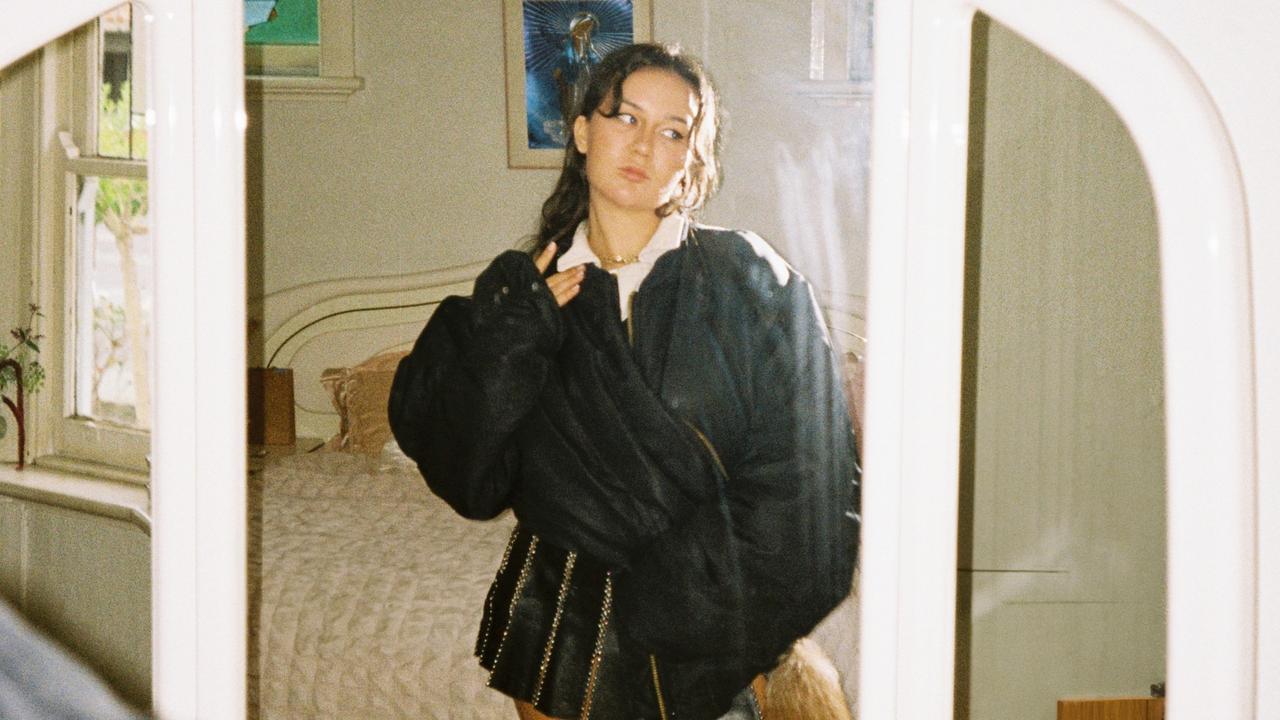Alcohol and youth culture: Elspeth Muir’s Wasted follows brother’s death
Young Australians are expected to love getting wasted. This memoir reveals the awful cost when partying turns fatal.

Wasted: A Story of Alcohol, Grief and a Death in Brisbane,by Elspeth Muir (Text, 216pp, $29.99)
One recent evening while walking home after dinner and drinks with some colleagues, I came across a young man who was passed out, facedown, on a thin strip of grass beside a busy street in inner-city Brisbane. Removing my earphones, I greeted him and asked if he needed help or if I could call him a taxi. On waking from his slumber, he slurred that he was fine, and began making a call on his phone. Satisfied he was semi-coherent, I bid him farewell and good luck. By the time I had walked to the corner and looked back, the young man was lying facedown once again.
I thought about him a lot while reading Elspeth Muir’s Wasted, a book whose pages are practically soaked in the boozy culture that defines the lives — or at least the weekends — of many young Australians. What is it that compels us to consume so much alcohol? This is the central question that energises Muir throughout her memoir, which begins with the death of her younger brother, Alexander, in 2009.
Alexander liked to drink, just like his sister. One night in late 2009, just a few hours after completing his final university exam for the year, he drank through the night, even after his friends had gone home. He had a habit of drinking to the point of blackout, where the camera in his brain would stop recording memories, and he would find himself waking up in strange places. Once, on the morning of his 20th birthday, Alexander woke up on the bank of the Brisbane River, beneath mangroves and a wooden walkway, unsure of how he got there.
On that night in late 2009, Alexander Muir made his way to the Story Bridge, a popular spot for suicides. He took off his shirt and thongs, and removed his phone and wallet from his pockets, leaving them on the walkway. Then he climbed the short barrier and fell 30m to his death, aged 21. When his body was found a few days later, his blood alcohol content reading was 0.238, nearly five times the legal limit for drivers.
This is where his sister’s book begins, with this extraordinary sentence: “It was hot when Alexander was buried, on one of those low Brisbane mornings in November when you might have scooped a fistful of blue from the sky if you’d stretched an arm out.”
There is an easy confidence to Muir’s prose, which above all exhibits a perceptive eye for detail, where cliche is all but absent. I loved vivid imagery such as this:
When I am maudlin, I imagine the long, dirty, licking river, which coils like a snake on hot sand through the fatty suburbs along its waterline, tasted my brother that morning, but was thwarted before it could suck him right in. It waited a year, watching, flicking its sunlit scales, laying open the promise of soft depths on dark evenings; then, early one morning, his curiosity drove him close again, and it ate him.
Written across several years, Wasted uses Alexander’s death as a narrative point on which to pivot a lens that zooms out to examine broader Australian youth culture, as well as zooming in on the author herself to describe the many foibles and joys that have been experienced with the anesthetising effects of alcohol coursing through her bloodstream.
Deeply personal and unflinchingly honest, Muir’s debut book is among the best long-form explorations of how and why some Australians drink alcohol to excess. High Sobriety, by Melbourne-via-Scotland journalist Jill Stark, was a superb entry into this canon when it was published in 2013. But Wasted is even more involved than Stark’s book because this author has been marinating in this culture since her birth. Its chapters deal with sexual assault, violence, mental illness, regulation and youth-led social movements that seek to stem the tide of getting wasted just because it’s what young Australians are expected to do.
It is an imperfect work; there is some needless repetition, and a few of the shorter chapters feel underdeveloped and extraneous. As an already slim title, its impact could have been strengthened further by some judicious cutting. But, overall, it is a striking work and among the strongest debut books I have read. The final two paragraphs are breathtaking.
Muir’s peers will read and respond to this work because she does not sanitise her words; for instance, page two describes her brother’s “soggy body — fresh from the refrigerator — pickled in embalming fluids, alcohol and river water”. It takes time and distance to write of such a painful thing with such fearlessness. Parents, educators and policymakers must read this book, for it is filled with insights into why we consume so much of a liquid that can make us so ill.
Andrew McMillen is a Brisbane-based journalist and author. His second book, Skeleton School: Dissecting the Gift of Body Donation, will be published in September.




